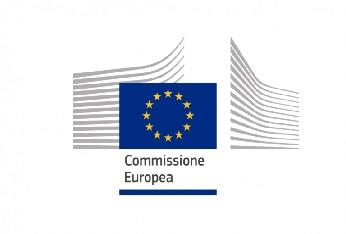Forecasts for the region and the role of the European Union and recommendations for implementation of the 2019 EU Strategy on Central Asia

1. Introduction
The new EU Strategy for Central Asia is expected to be approved in 2019. 2 It will set the EU’s approach to Central Asia for another decade or so. But how will the region look in 2030? Will the changes be similar to those experienced from 2007 to 2019, i.e. from the current3 to the upcoming EU strategy for the region, or can Central Asia be expected to change more dramatically? In other words, the operational environment for the EU in 2030 is unclear.
Within a timeframe of around one decade, the circumstances under which policies are implemented in order to achieve goals set out in a strategy can change considerably. Therefore, defining policy instruments to achieve strategic objectives in a mid- to long-term perspective is a challenging task for policy-makers and advisors. They need to anticipate future developments and changing circumstances. This paper provides a set of scenarios on how Central Asia and its cooperation with the EU could develop by 2030. This task is complex and related to many certain and uncertain factors.
The paper is based on experts’ opinions – semi-structured interviews with experts from the SEnECA network, including from all five Central Asian countries, and a focus group discussion among SEnECA and other Central Asian experts at the Scenario Workshop held on 29-31 January 2019 in Almaty, Kazakhstan. It is reinforced by analysis of literature and other sources.
This policy paper is part of the final of the three phases of the SEnECA project – recommendations, with the first two having been mapping and analysis. It is based on and serves as a successive mapping and analysis exercise on the political and security relations, economic relations and trade, as well as cultural and other relations between the EU and Central Asia presented in the first twelve SEnECA policy papers.4 This paper, number 13, precedes the two final papers which will focus on the suggestions of how to better implement the upcoming EU strategy for Central Asia.
The second chapter provides a set of forecasts of all five Central Asian countries in a decade in terms of demography, as well as political, economic and societal development, while the third chapter similarly provides forecasts on the intra-regional cooperation. Finally, chapter four looks at the possible future role of the EU in Central Asia.
[L'intero paper è disponibile al link qui sotto]




